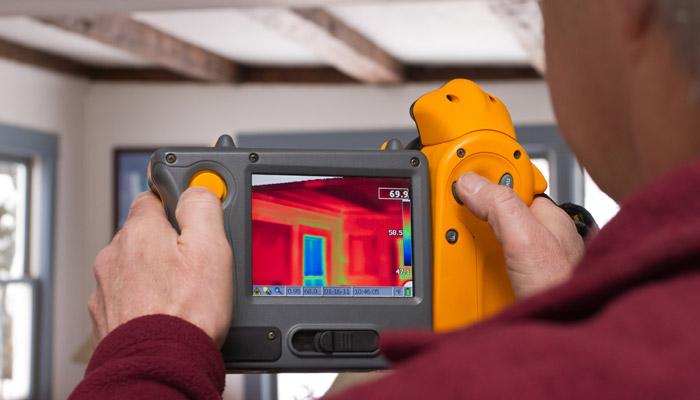Follow along with our “Life as an Energy Auditor” blog series to learn all about the ins and outs of getting a home energy audit. Why should you consider having one done on your home? What is included in an energy audit? How much does it cost? See these questions and many more answered in this series. If you have any questions of your own that you would like answered, please send them to qkorzeniecki@bpi.org.

Improvements to home performance have changed my life. During the first energy audit I ever witnessed I saw how applying building science principles and looking at the whole house as a group of interacting systems allowed the auditor to help the occupants improve their quality of life. An energy auditor cares and wants to deliver solutions that will help people feel comfortable and safe in their homes.
My personal journey began in 1998 after I completed skilled training and returned to western New York, where I started working as a heating and refrigeration service technician. During my training an instructor mentioned that energy management was an additional field of study that one could learn about. I was curious to know more.
Where could I go to learn about home performance?
After a year of service work I found a job opportunity as an energy auditor for a weatherization program providing home performance improvements in the city of Buffalo, NY. Right away I knew I had discovered a career path that fit me. It was there that I learned about building science and how to apply my problem solving skills to an entire home. An energy audit discovers how to help a home’s occupants improve their comfort while reducing their energy consumption.
To perform an energy audit I was introduced to diagnostic equipment I had not used or seen before. A blower door is used to measure the overall hole size which is composed of all the leaks through the home’s exterior surfaces. The gas piping system is inspected with a combustible gas detector in an effort to discover leaks and report them to the homeowner. Combustion appliances used for home heating, water heating and cooking are analyzed with testing equipment to determine their efficiency and safety.
Often an energy audit is completed according to a specific standard. Weatherization Assistance Program (WAP) principles were brought to the private sector by the Building Performance Institute (BPI). in an effort to encourage consistent, thorough analysis and recommendations be applied to all energy efficient home upgrades. Today BPI Standards are referenced all over the nation by BPI certified professionals and BPI GoldStar Contractors that provide homeowners with quality home performance assessments and improvements. Many subsidized energy efficiency programs across the nation require home improvements be completed to BPI standards.
Today I am a Technical Relations Representative for BPI, where I work with and meet impressive and inspiring people in the home performance industry from all over the nation. Comfort, efficiency and indoor air quality are quickly growing in importance for homeowners as we continue to learn about ways to improve our families’ quality of life in our homes. I am grateful to be a part of the home performance industry and recommend that the next contractor you invite into your home be one that understands building science and works to a standard of quality that exceeds the minimum. You can see if there are any BPI GoldStar Contractors in your area by using our locator tool.

Follow us